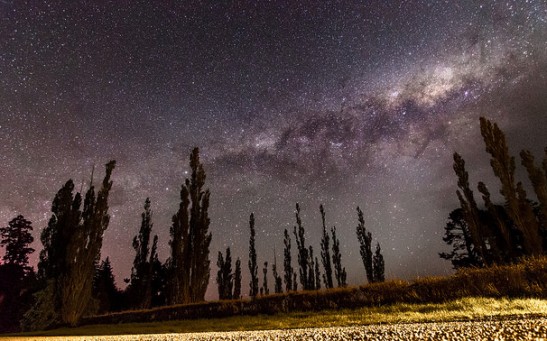nature
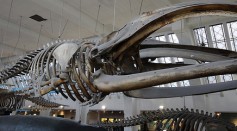
Evading Death—How The Bowhead Whale Is Able To live Up To Two Centuries

Light Signals Discovered by NASA Reveal The Merging of Two Black Holes
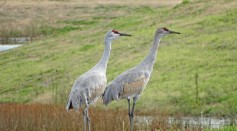
Unusual Sightings in the Annual Bird Count
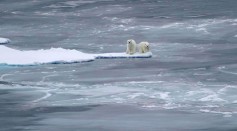
Polar Bears May Be Solving Their Own Problems—But Not For Long

NASA—How Tropical Rainforests May Help End the Climate Change Issue
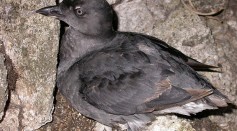
Scientists Baffled by Mysterious Sea Bird Deaths
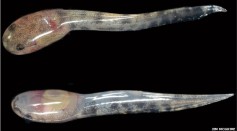
What One Discovery May Mean For Conservation Efforts in Southeast Asia
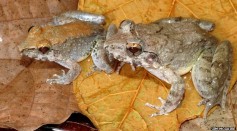
New Fanged Frog Species Reveals Nurturing Side—First Live Tadpole Birth to Date
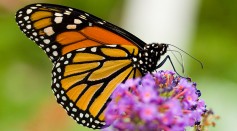
Monarch Butterflies Could Soon Be Deemed “Endangered”
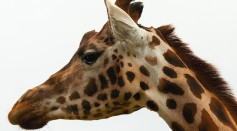
Endangered Subspecies of Giraffe Born in Chester Zoo, Raising Hope For The Future of The Species
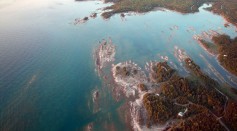
Great Lakes' Water Levels Cause Erosion Concern
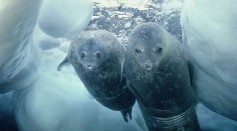
Seals May Use Earth’s Magnetic Field to Navigate

10 Year Anniversary of Indian Ocean Tsunami, What Researchers have Done to Prevent Future Devastation
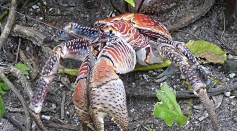
Illegal Import May Be the Death of a Few Species, Including Humans—Coconut Crab in Hawaii
Most Popular

AI Revolution in Medical Education: Transforming How Healthcare Professionals Learn

Optimizing Complex Catalog Systems with Graph Theory and Indexing

Exploring Life Beyond Earth: Study Claims Other Planets Could Be Suitable for Alien Life

China’s Tiangong Space Station to Expand Its Capabilities With New Modules

